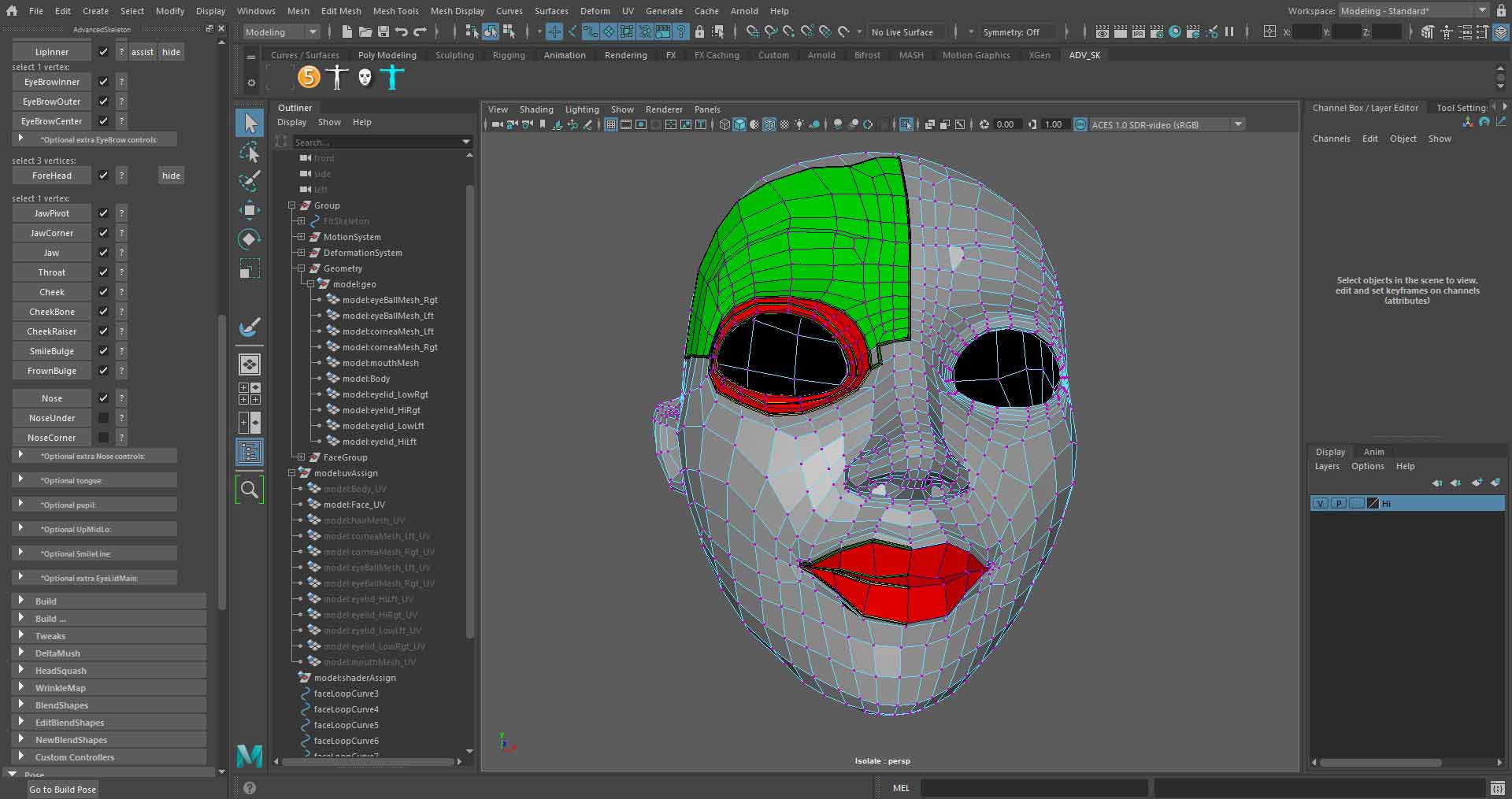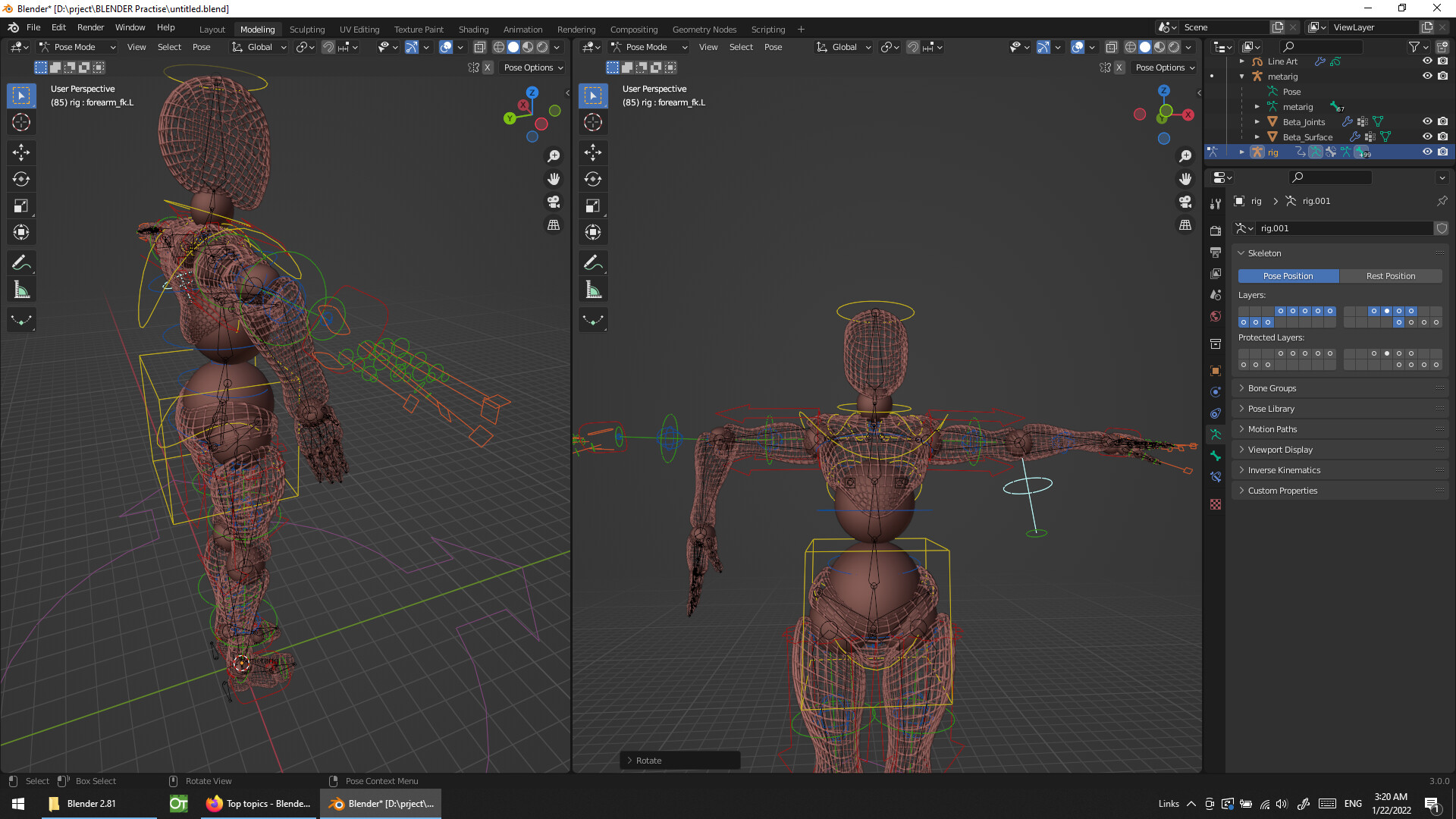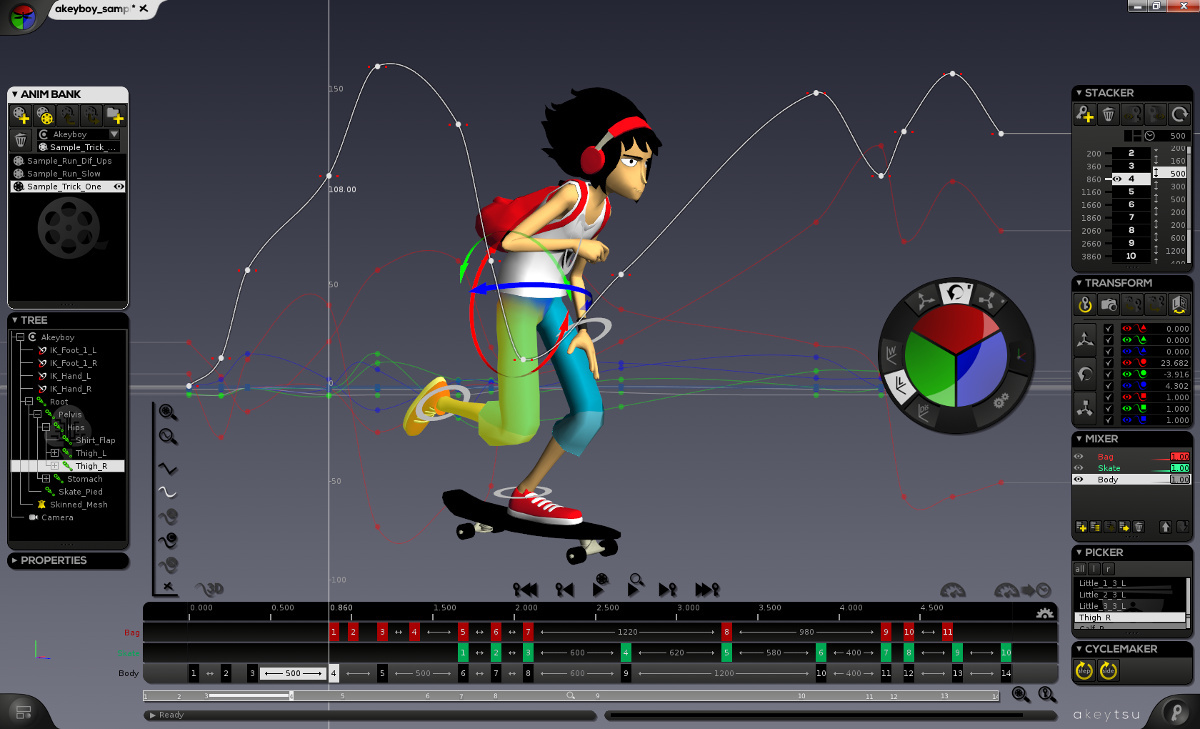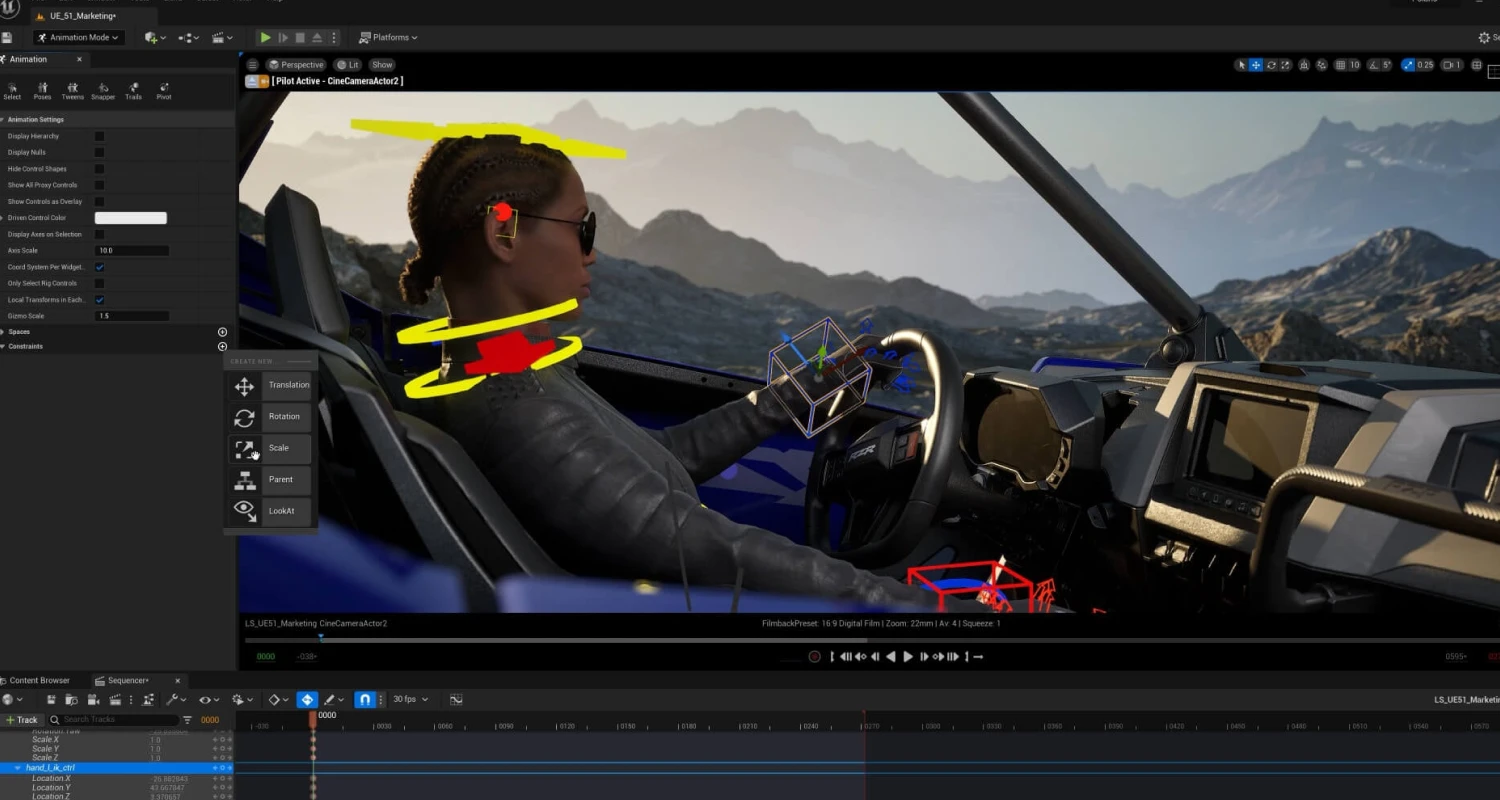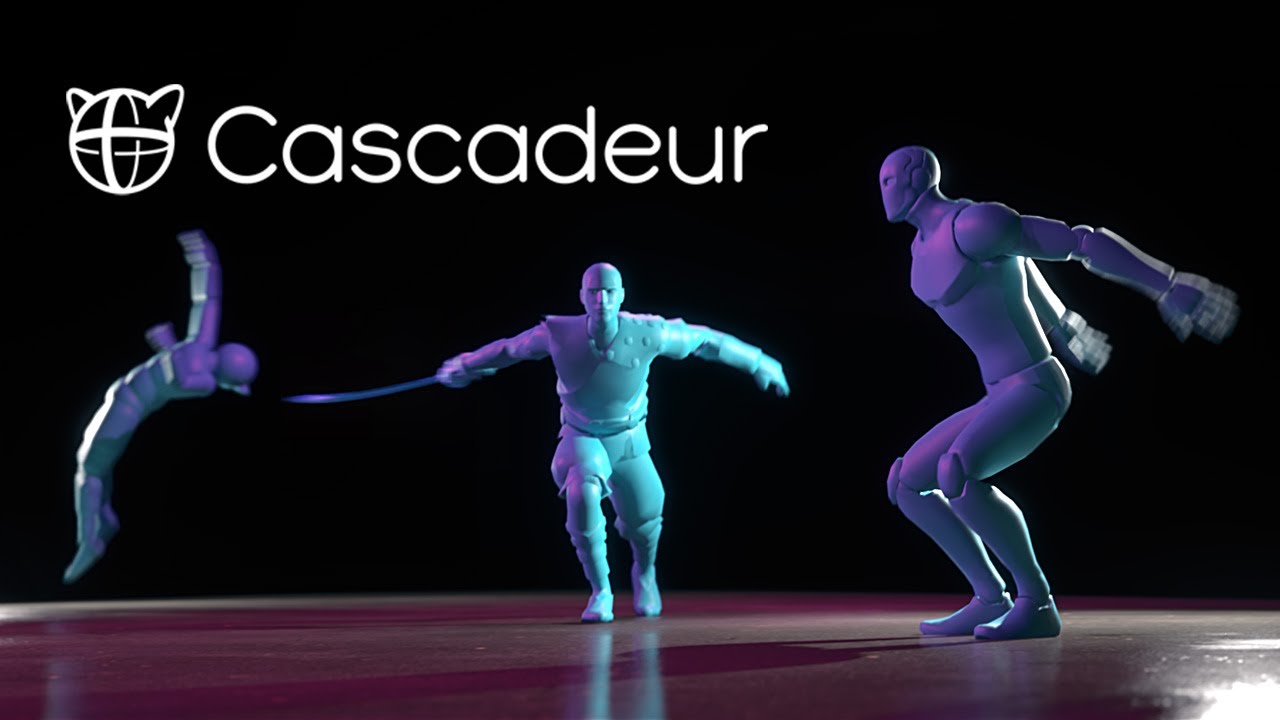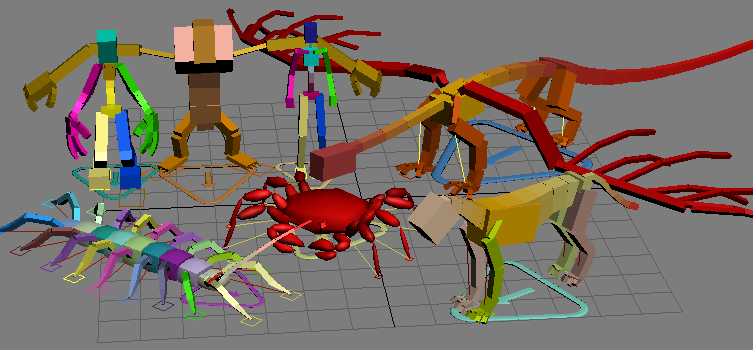
Top 5 3D Character Animation Toolkits for Game Developers & Film Creators
In the worlds of gaming and film production, character animation is more than just a technical process—it’s storytelling in motion. A well-animated character can breathe life into a narrative, whether it’s a player-controlled hero in a AAA game or a digital double in a Hollywood blockbuster. Without strong animation, even the best-designed characters risk feeling flat and unconvincing.
As the demand for immersive experiences grows, so too does the need for advanced 3D character animation toolkits. These toolkits are not just “software”—they’re ecosystems of rigging tools, motion capture support, rendering pipelines, AI-assisted automation, and integration with engines like Unity and Unreal. They allow creators to build lifelike, responsive, and cinematic characters faster than ever before.
This blog takes a deep dive into the top 5 3D character animation toolkits for 2025, with a focus on how they empower both game developers and film creators. You’ll learn about each toolkit’s features, strengths, weaknesses, and pricing, along with real-world insights to help you make the right choice.
Why 3D Character Animation Toolkits Matter
Animation toolkits have come a long way from the early days of hand-drawn keyframes. Today, they serve as the foundation of digital storytelling, and their role extends into multiple industries:
-
Gaming: Toolkits streamline real-time animation for games, ensuring smooth player interactions, believable NPCs, and immersive cutscenes.
-
Film: They allow directors to push the limits of imagination with hyper-realistic CGI characters and virtual production pipelines.
-
Advertising & Marketing: Animated characters help brands engage audiences through commercials, explainer videos, and AR/VR campaigns.
-
Education & Medicine: Medical animations and e-learning platforms rely on character toolkits to deliver complex information interactively.
Game vs Film Toolkit Requirements
| Aspect | Game Development Needs | Film Production Needs |
|---|---|---|
| Rendering | Real-time rendering, optimized for 60+ FPS | Cinematic-quality rendering, high polycount |
| Performance | Lightweight, runs on consoles/PC | Hardware-intensive but photorealistic |
| Interactivity | AI-driven, responsive to players | Pre-rendered sequences, polished detail |
| Integration | Unity, Unreal, scripting tools | VFX pipelines, compositing software |
Key takeaway: A toolkit that works well for game development may not always be the best fit for film, and vice versa. Some excel at real-time animation, while others prioritize hyper-realism and fine detail.
Criteria for Choosing the Right Animation Toolkit
Before jumping into the top picks, it’s important to understand what makes a toolkit valuable. Choosing the wrong tool can result in wasted time, budget overruns, or underwhelming results.
Here’s what to evaluate:
-
Ease of Use & Learning Curve: Is the software beginner-friendly, or does it require years of expertise?
-
Compatibility: Does it integrate with your preferred engine (Unity, Unreal) or modeling tools (Maya, Blender)?
-
AI & Automation: Does it include features like AI-assisted rigging, auto-skinning, or motion prediction?
-
Export & Rendering: Can you export animations seamlessly for film pipelines or optimize them for real-time engines?
-
Community & Support: Does it have an active user base, tutorials, and industry backing?
-
Pricing & Licensing: Is it free, subscription-based, or royalty-driven?
💡 Expert Tip: Always test a toolkit with a short prototype project before committing to long-term production. This minimizes risk and ensures compatibility with your workflow.
Top 5 3D Character Animation Toolkits (2025 Edition)
Let’s break down the five most powerful character animation toolkits available today.
1. Autodesk Maya
If there’s one name synonymous with professional animation, it’s Autodesk Maya. Used in everything from AAA games (Assassin’s Creed, Call of Duty) to Hollywood blockbusters (Avatar, Frozen, The Lion King), Maya has long been considered the industry standard.
Key Features:
-
Industry-leading rigging and skinning tools
-
Advanced motion capture integration
-
Non-linear animation (NLA) for flexibility
-
Arnold renderer for high-quality visuals
-
Python and MEL scripting support for custom workflows
Best For: Film studios, AAA game developers, large-scale projects
Pricing:
-
Subscription-based: approx. $225/month or $1,785/year
-
Free for students and educators
Pros:
-
Unmatched industry credibility
-
Highly detailed character animation
-
Large plugin ecosystem
Cons:
-
Steep learning curve
-
Expensive for freelancers/indie developers
💡 Expert Insight: Most major studios still use Maya for high-end productions. If your goal is career in animation/VFX, Maya knowledge is practically essential.
2. Blender (with Rigify & Animation Nodes)
Blender has rapidly evolved from a niche open-source project into a powerhouse rival to Maya. Thanks to add-ons like Rigify (auto-rigging) and Animation Nodes, Blender is now a go-to choice for indie studios, freelancers, and even professional teams looking for cost-effective solutions.
Key Features:
-
Rigify for automatic character rigging
-
Grease Pencil for 2D/3D hybrid animation
-
Integrated rendering engines (Cycles, Eevee)
-
Real-time viewport preview
-
Active global community + thousands of free add-ons
Best For: Indie developers, small studios, startups, educational projects
Pricing:
-
100% Free and open-source
Pros:
-
No licensing fees
-
Constantly updated by global contributors
-
Easy integration with Unity and Unreal
Cons:
-
Fewer built-in high-end tools compared to Maya
-
Some workflows require third-party plugins
💡 Case Study: The indie film Next Gen was entirely created in Blender, proving it’s production-ready at a global level.
3. Unity Animation Toolkit
Unity is one of the most popular game engines in the world, powering titles like Cuphead, Genshin Impact, and Ori and the Blind Forest. Its built-in animation toolkit enables developers to integrate real-time character animation directly within gameplay environments.
Key Features:
-
Mecanim system for advanced rigging and animation blending
-
Real-time animation preview in-game
-
Motion capture integration
-
AI-driven procedural animations
-
VR/AR compatibility
Best For: Game developers, mobile game studios, VR/AR projects
Pricing:
-
Free tier available
-
Pro: $399/year per seat
-
Enterprise plans for larger studios
Pros:
-
Perfect for real-time game animations
-
Lightweight and versatile
-
Vast developer ecosystem
Cons:
-
Not ideal for cinematic, high-resolution film-quality animation
-
Limited built-in rendering compared to Unreal
💡 Expert Insight: If your main focus is game animation, Unity’s toolkit offers unmatched speed and integration with gameplay mechanics.
4. Unreal Engine (Control Rig & Sequencer)
Unreal Engine has transformed not just gaming but also film and TV production. Its real-time rendering capabilities power projects like Fortnite, The Matrix Awakens, and The Mandalorian (virtual production).
Key Features:
-
Control Rig for procedural rigging and animation
-
Sequencer for cinematic editing
-
Photorealistic real-time rendering
-
Metahuman Creator for ultra-realistic digital humans
-
VR, AR, and XR support
Best For: AAA games, virtual production, films requiring cinematic realism
Pricing:
-
Free to use
-
5% royalty after $1M revenue per project
Pros:
-
Film-quality visuals in real-time
-
Strong support for virtual production workflows
-
Huge community and asset marketplace
Cons:
-
Hardware-intensive
-
Steeper learning curve than Unity
💡 Case Study: The Mandalorian relied on Unreal Engine for its groundbreaking virtual production, replacing green screens with real-time rendered environments.
5. Cascadeur
A relative newcomer, Cascadeur is making waves for its AI-assisted animation workflow. It’s designed to make realistic character animation accessible to indie creators and small studios.
Key Features:
-
AI-assisted posing and motion prediction
-
Physics-based animation
-
Auto-rigging tools
-
Keyframe animation with AI corrections
-
Export compatibility with Unity, Unreal, Blender
Best For: Indie game developers, small VFX teams, quick prototyping
Pricing:
-
Free tier available
-
Pro: ~$20/month
-
Business license: ~$100/month
Pros:
-
Fast, beginner-friendly workflow
-
AI helps speed up realistic animation
-
Affordable pricing
Cons:
-
Limited compared to Maya or Unreal for advanced productions
-
Still evolving, smaller community
💡 Expert Insight: Cascadeur is ideal if you’re looking for a balance of speed + affordability without sacrificing too much quality.
Comparison Table: Top 5 Toolkits
| Toolkit | Best For | Learning Curve | Price | Pros | Cons |
|---|---|---|---|---|---|
| Maya | AAA films & games | Steep | $$$ | Industry gold standard | Expensive |
| Blender | Indie/Studios | Medium | Free | Open-source, flexible | Needs add-ons |
| Unity | Real-time games | Easy–Medium | $$ | Perfect for gameplay | Limited film realism |
| Unreal | Films & AAA games | Medium–Hard | Free + royalties | Cinematic quality | Hardware heavy |
| Cascadeur | Indie/Quick work | Easy | $ | AI-assisted, affordable | Fewer advanced tools |
Future of 3D Character Animation Toolkits
Looking ahead, several trends will shape the next generation of animation tools:
-
AI-Powered Workflows – Expect deeper AI integration for auto-rigging, motion synthesis, and predictive animation.
-
Virtual Production Expansion – Real-time engines like Unreal will dominate filmmaking with LED wall environments.
-
Cloud Collaboration – Teams will increasingly animate and render in the cloud for scalability.
-
Affordable Motion Capture – Mocap suits like Rokoko and even iPhone-based mocap will make high-quality animation accessible.
-
Cross-Platform Pipelines – Future toolkits will focus on seamless integration across games, films, AR, VR, and XR.
Choosing the right 3D character animation toolkit depends heavily on your goals:
-
For AAA film and game studios, Maya remains the gold standard.
-
For indie developers and small studios, Blender offers unbeatable value.
-
For real-time game projects, Unity is a strong choice.
-
For cinematic real-time experiences, Unreal Engine dominates.
-
For fast, AI-assisted workflows, Cascadeur is an emerging leader.

